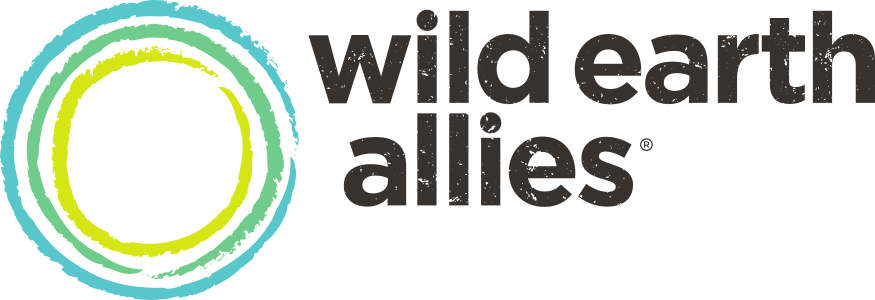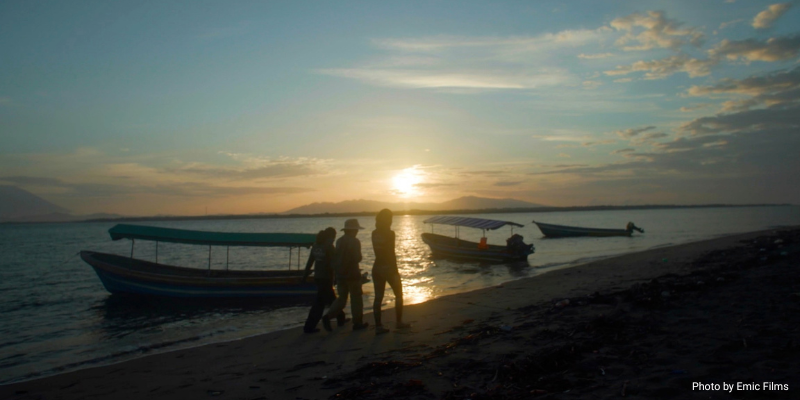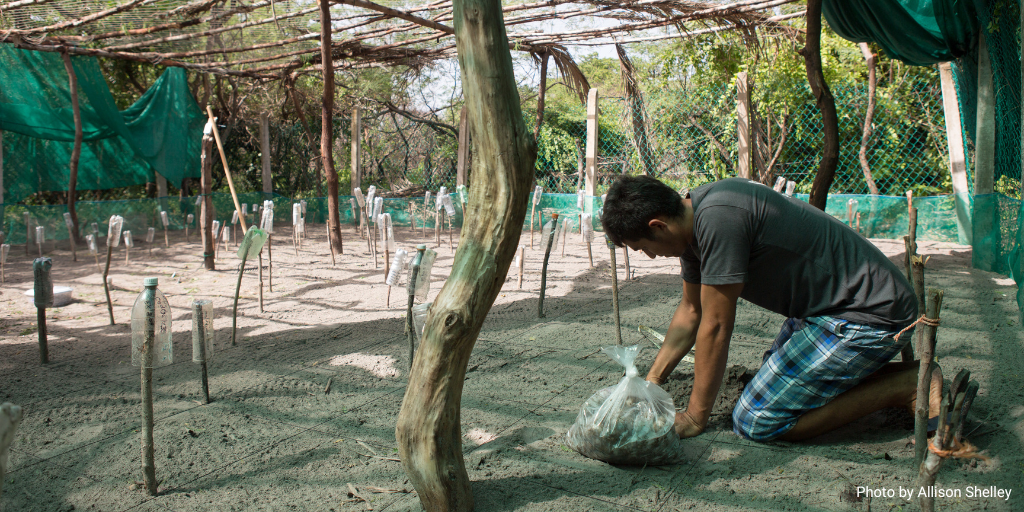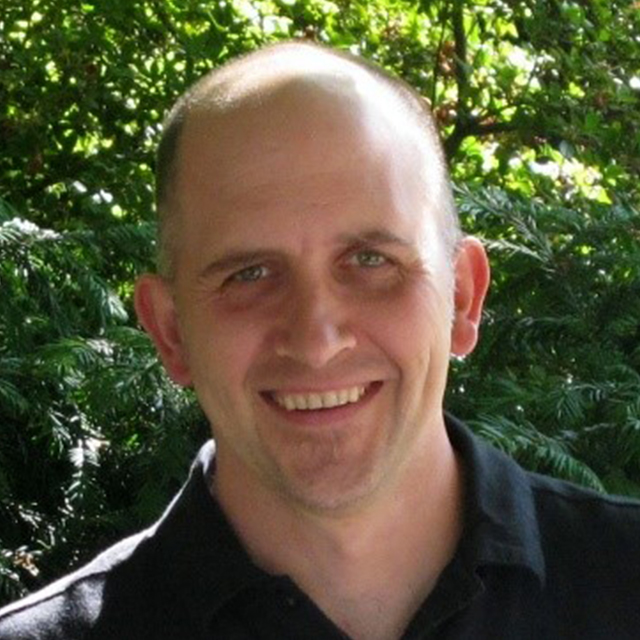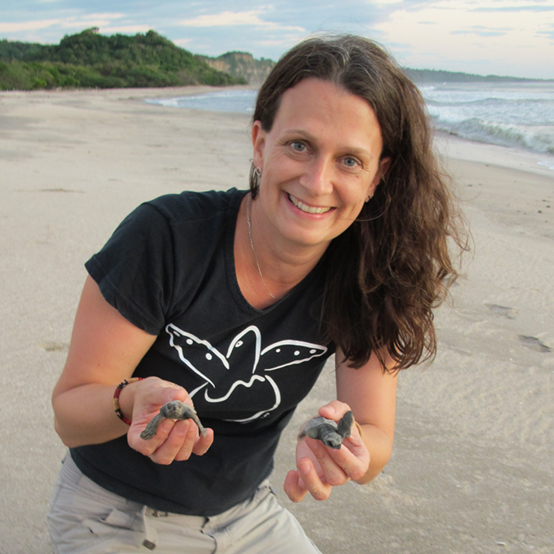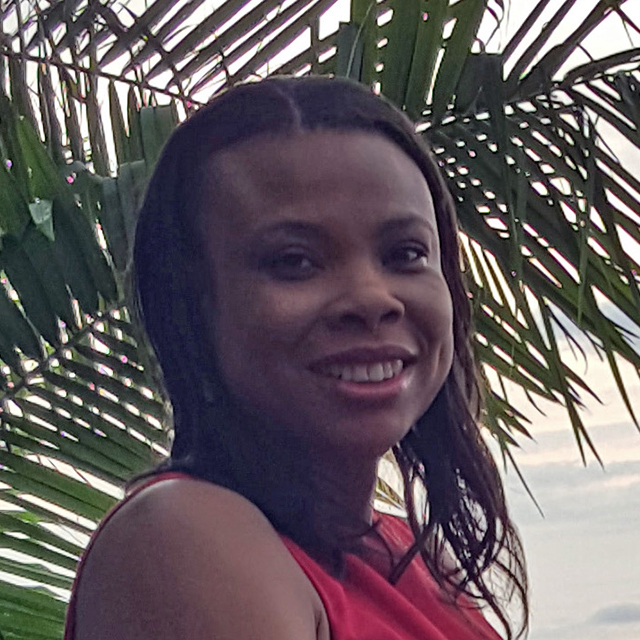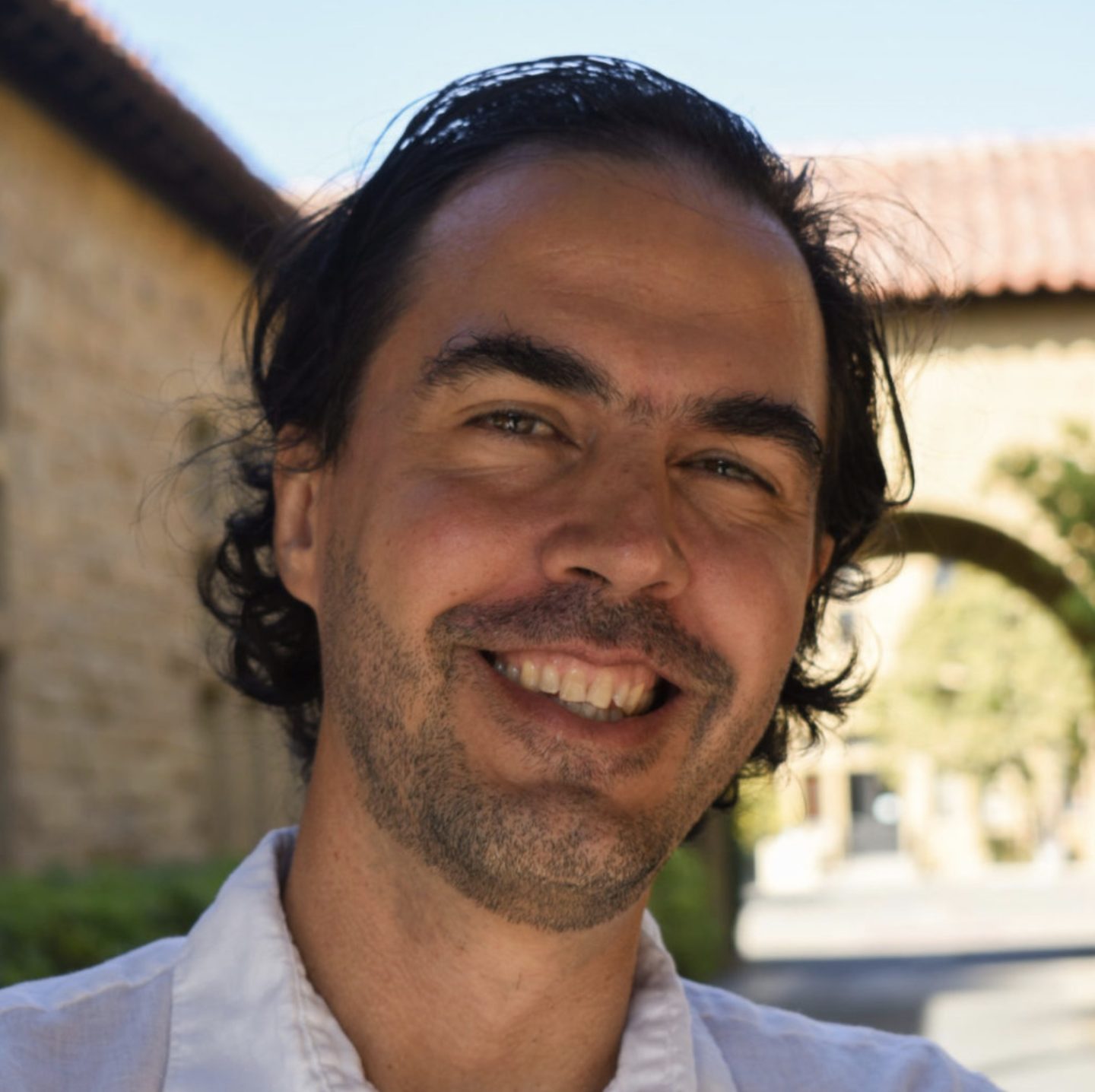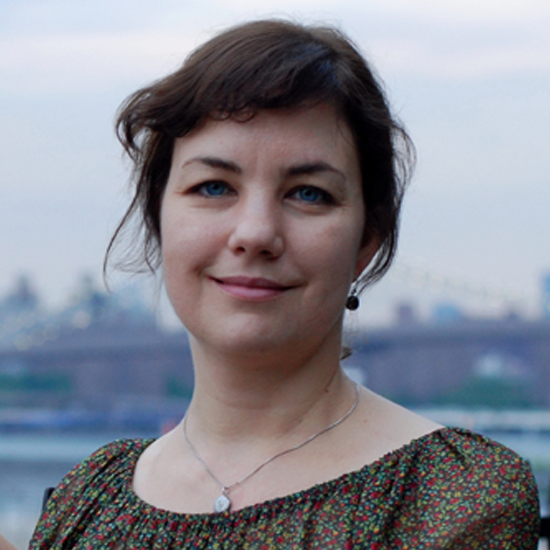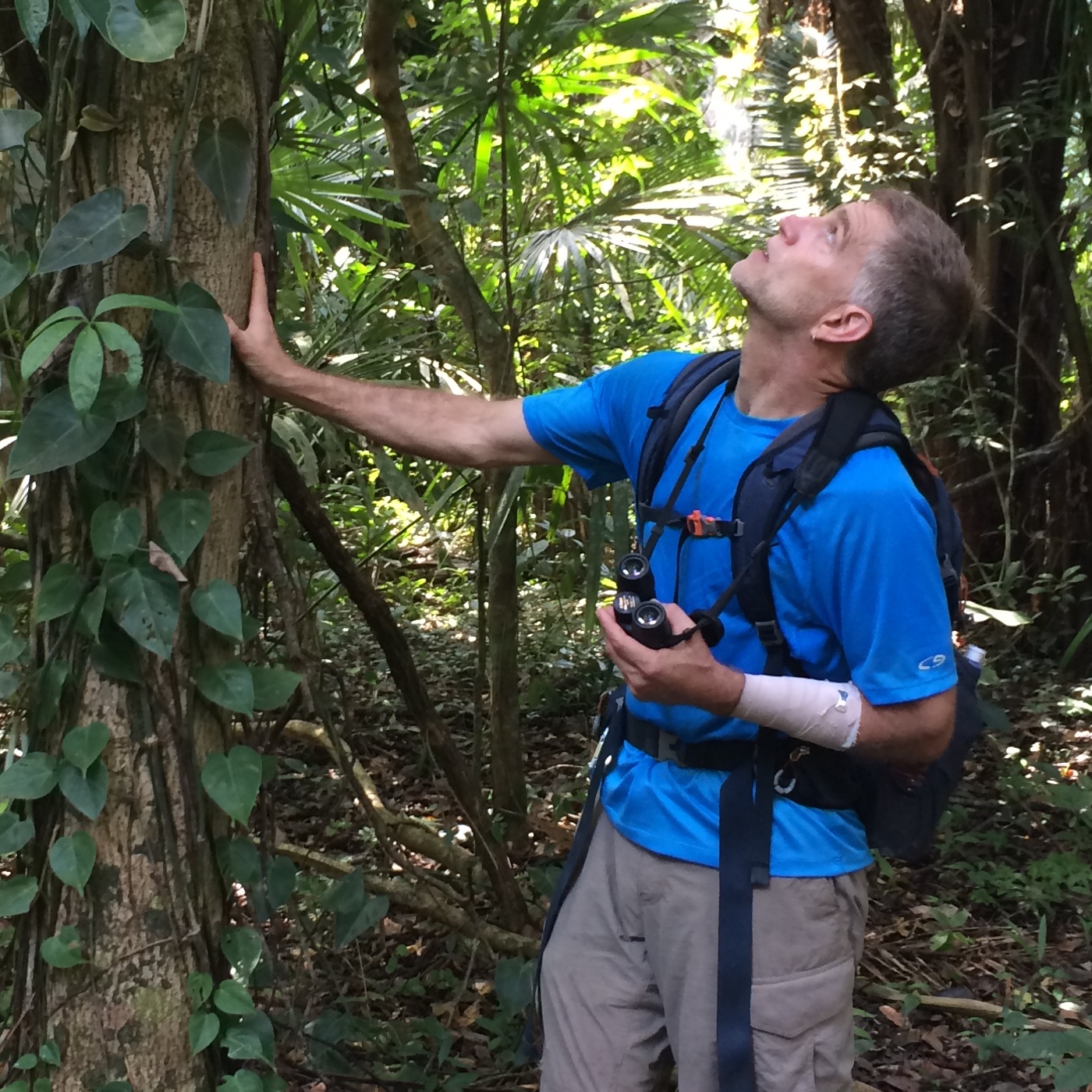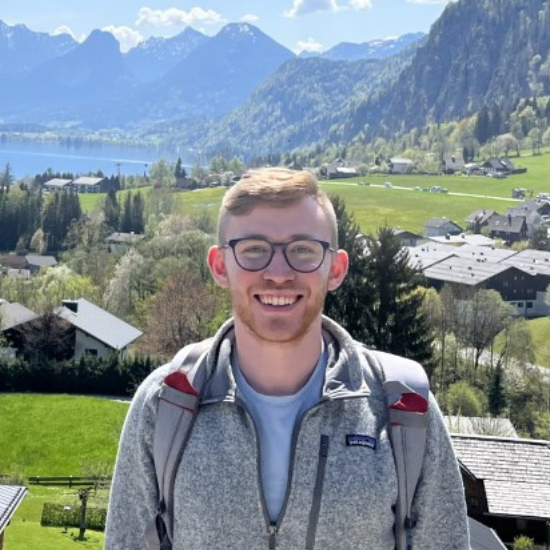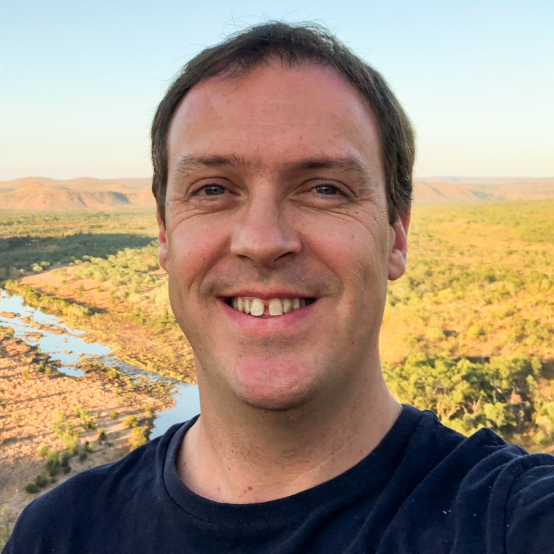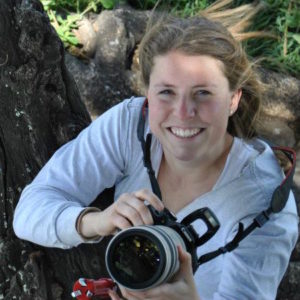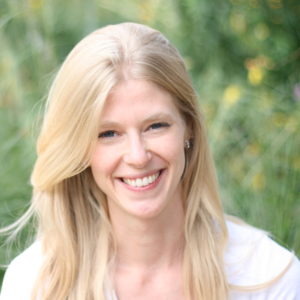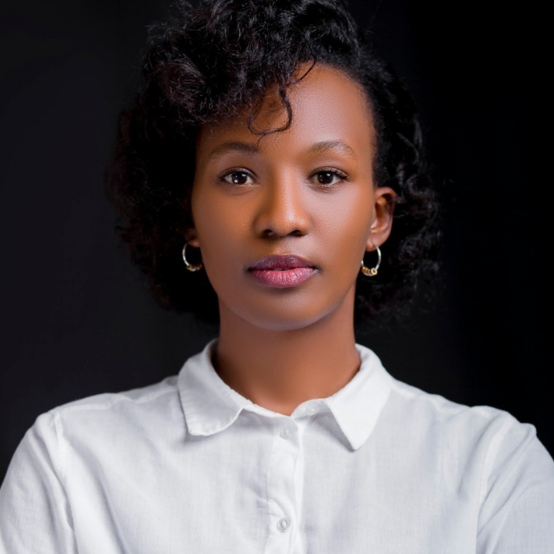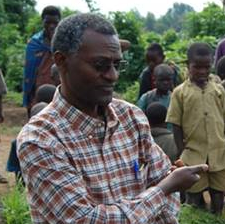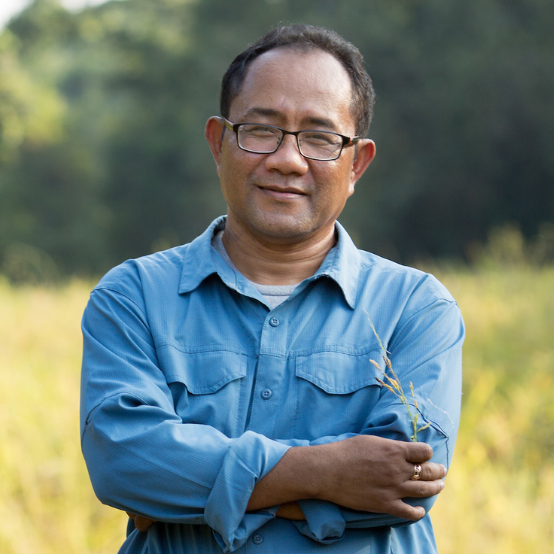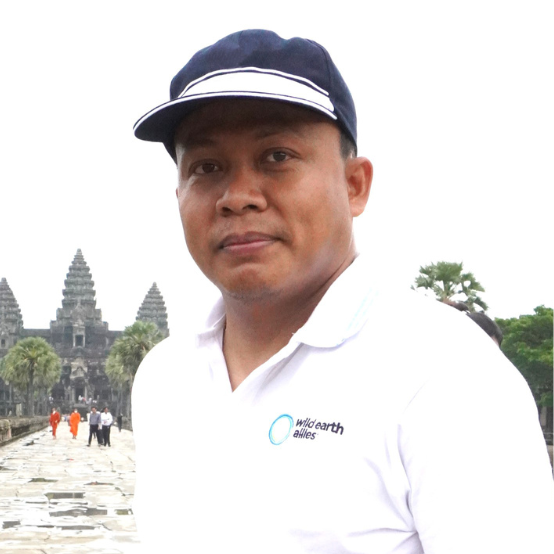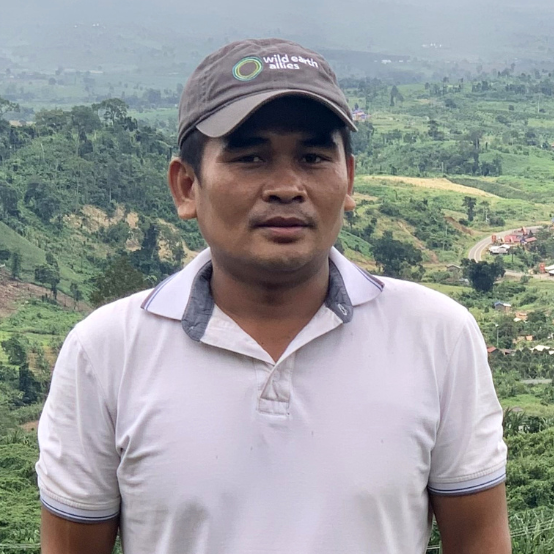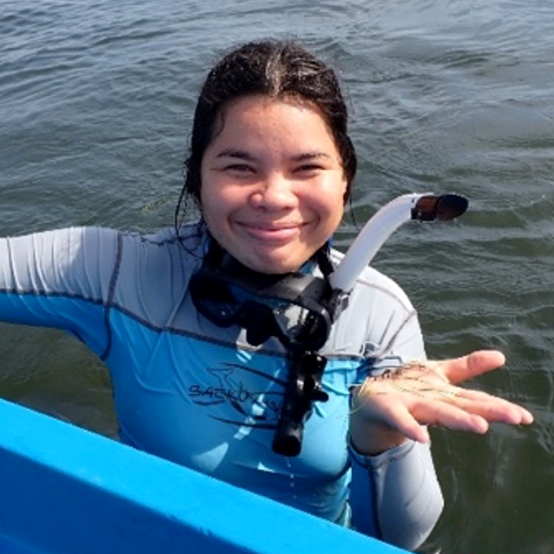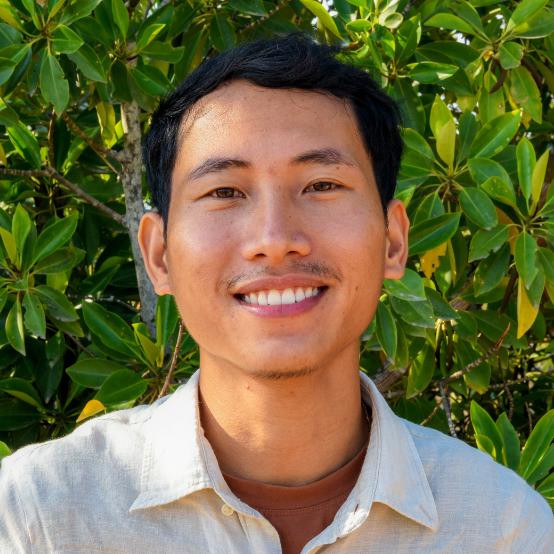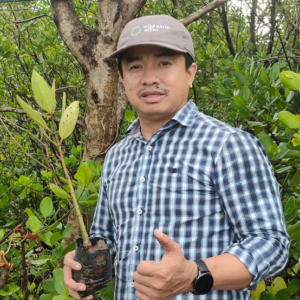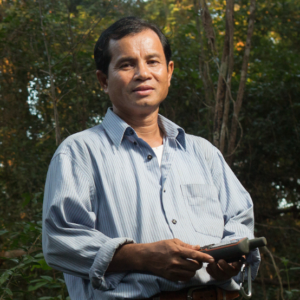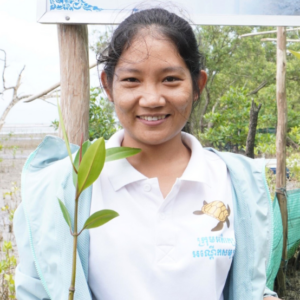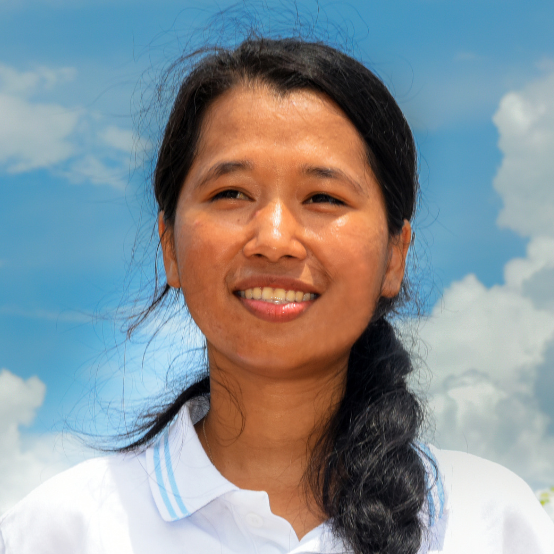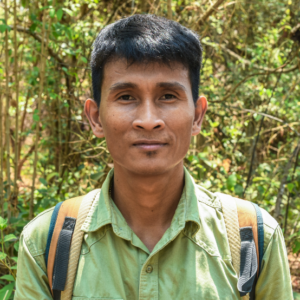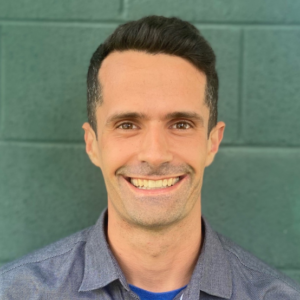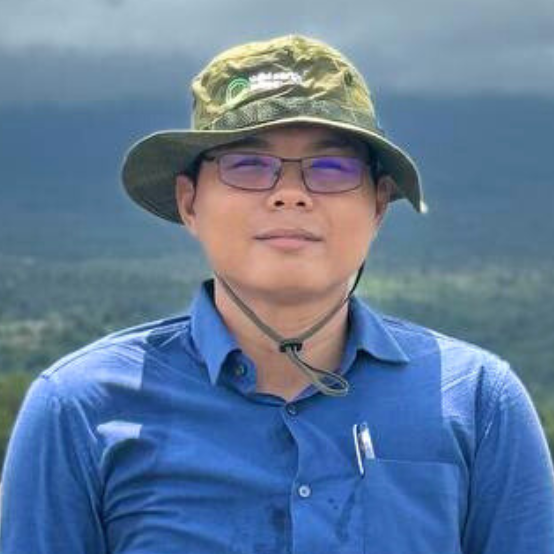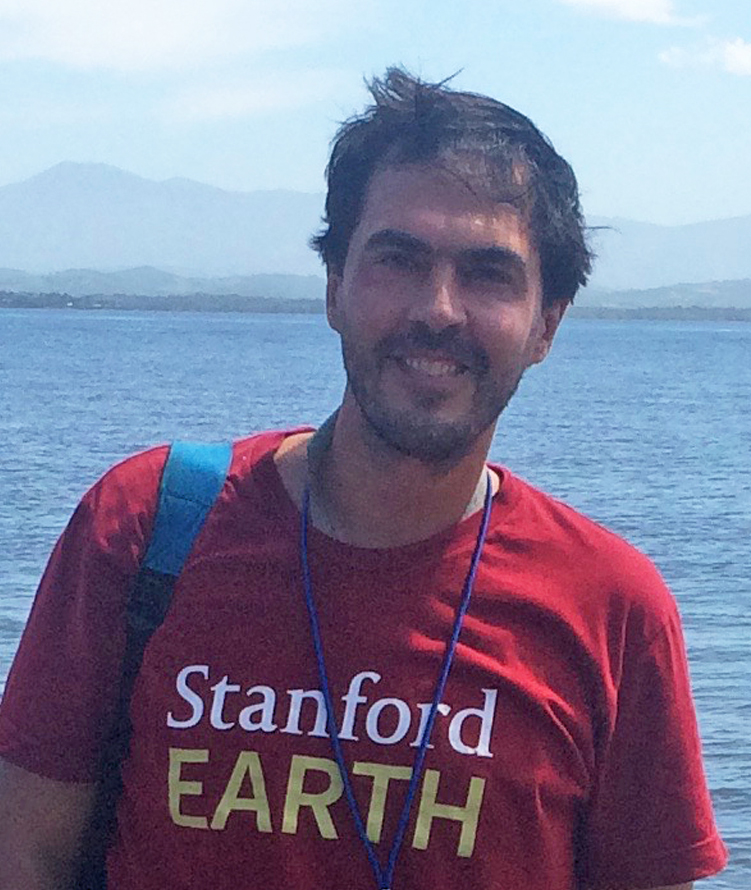
José Urteaga, Ph.D. is Wild Earth Allies’ Director of Marine Partnerships. With more than two decades working in community-based sea turtle and coastal habitat conservation in Central America, José recently added Ph.D. to his substantial qualifications. He completed his advanced degree at Stanford University’s Emmett Interdisciplinary Program in Environment and Resources.
We spoke with José about his Ph.D. research into the human dimension of sea turtle conservation and how this will impact the future of Wild Earth Allies’ marine conservation work.
As a boy in Nicaragua, my mother took me to the ocean every weekend for nighttime walks on the beach. There I transformed into a young Jacques Cousteau, swimming and spending hours exploring the tide pools and all their fascinating and mysterious creatures—small colorful fishes, shellfish, snails, crabs, and so many other invertebrates.
During those trips, I heard older people talk about the giant turtles coming to nest on the beach at night. The first time I saw a turtle, my imagination was hooked! Watching it, I felt an exhilarating mix of emotion and curiosity, like I was traveling to the times of the dinosaurs. When I grew older, I learned about the myriad challenges facing that world of wonder. My passion for sea turtles stayed with me, and I became a marine biologist so I could protect them for future generations.
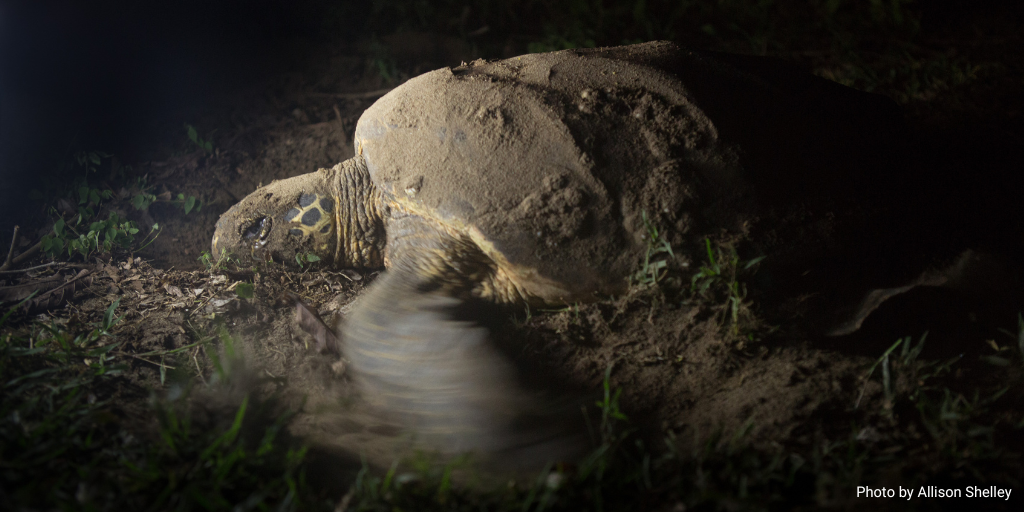
A hawksbill sea turtle covers her nest after laying a clutch of eggs near Jiquilisco Bay, El Salvador.
When I began my career in Nicaragua in 2002 as a recently hatched marine biologist, I was thrilled by the opportunity to work with such amazing reptiles—hawksbills, olive ridleys, leatherbacks, and more. I wanted to learn everything about them—migration patterns, population genetics, evolution, and their fascinating physiology.
However, in places like Nicaragua, you quickly realize that conservation is also about the people interacting with the wildlife and the ecosystems. One watershed moment for me was a conversation I had with a woman named Doña Ilda, a known sea turtle egg wholesaler. These are people who buy eggs on the beach from egg collectors and sell them in cities and other places on a small scale.
“As conservationists, we must understand that many people engaging in environmentally destructive activities face a dilemma: do I protect nature, or do I survive?”
Over the previous nights, our team had lost many olive ridley turtle nests to egg collectors. With a bit of temper borne of sleep deprivation, I approached her and asked, “What does the ocean mean to you?” This single mother of seven looked at my eyes first while pointing to the surf line and responded, “The ocean is the father of my children. You see, when I had nothing, he sent me the turtles; he helped me feed my children when they were hungry; he helped me send them to school and heal them when they got sick.”
Like many others in her coastal community, Doña Ilda had few options to earn a living. But back then, I had an “us against them” mentality. I judged her for being an egg collector. Today, I have a new perspective. Often, conservation problems are, in fact, livelihood problems. As conservationists, we must understand that many people engaging in environmentally destructive activities face a dilemma: do I protect nature, or do I survive? If we want to achieve sustainable conservation, we need to understand the perspectives of communities and help them build solutions to overcome these challenges.
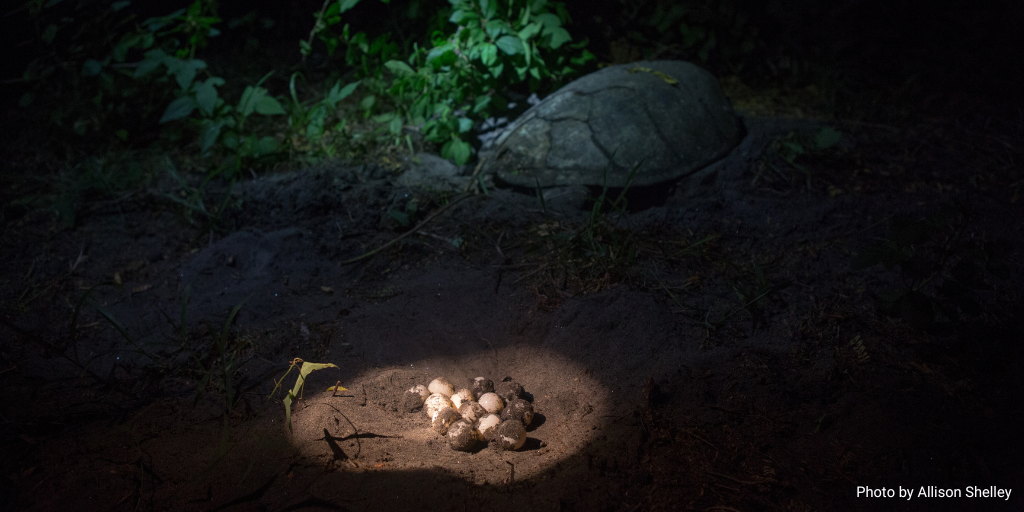
Part of a clutch of freshly laid eggs sits on the sand next to a nesting hawksbill sea turtle near Jiquilisco Bay, El Salvador.
The beaches and estuaries of El Salvador and Nicaragua are two of the most important nesting sites for hawksbills in the entire eastern Pacific. In fact, 90% of known nesting in the region occurs in these two countries. The turtles’ long-term survival here depends on the communities that share their marine home and the many resources it provides.
Egg collection by people like Doña Ilda has been an accepted livelihood strategy in both countries for many years. While the practice is technically illegal, laws are rarely enforced.
“A key finding of my research is that community members with stable livelihoods—even the recipients of incentive payments—may still collect turtle eggs opportunistically.”
I often think of community members like Doña Ilda, who have long depended on the turtles for their survival. It is so important to involve these people in conservation and ensure they benefit from it too.
One way to engage communities in conservation is through incentive payments. Wild Earth Allies’ partner ProCosta in El Salvador is an example of an organization that takes this approach. ProCosta partners with community members to collect eggs from hawksbill nests and move them to protected community-run hatcheries. Community members are paid slightly above the market rate for each egg collected. The results are powerful: ProCosta achieves a 98% nest protection rate. This is a remarkable transformation from 2007, when 100% of hawksbill eggs were being collected for human consumption. Over the past decade, they have released over 250,000 hatchlings to sea.
We know that paying community members to protect nests can be an effective and versatile tool to discourage the sale and consumption of turtle eggs. But does it lead to sustainable change? After all, our biggest measure of success as conservationists should be to reach a point when we are no longer needed in the communities with whom we partner. I took on my Ph.D. research to find answers to this complex and nuanced question.
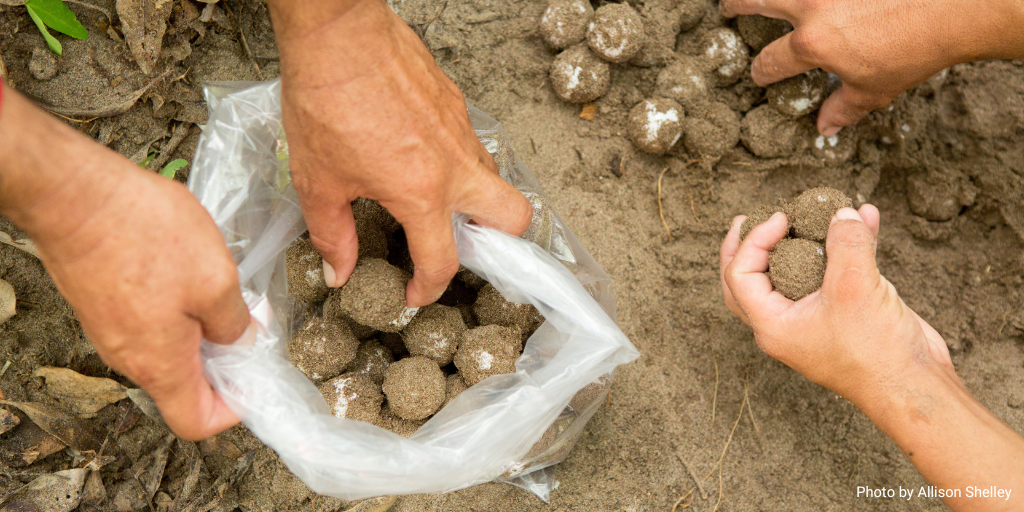
ProCosta team members carefully count and bag a clutch of eggs just laid by a hawksbill sea turtle.
What is the main takeaway from your research on community-led sea turtle conservation?
A key finding of my research is that community members with stable livelihoods—even the recipients of incentive payments—may still collect turtle eggs opportunistically. People may choose to boost their incomes further, or they might need extra money for an emergency. Simply put, economic incentives are not always enough to achieve sustainable conservation goals.
I interviewed many community members who protect hawksbill nests in exchange for incentive payments. They expressed a sense of pride, ownership, and community belonging through their involvement in the project. For these former egg collectors, internal motivation was an important factor in their decision to support sea turtle conservation.
For example, I asked one egg collector why he continued to support the conservation project when the current prices on the illegal market were higher. He explained, “We are aware that the project is protecting the turtles for the future, and we have to play our part.”
Community ownership is a powerful force in promoting sustainable behavior change.
A ProCosta team member prepares to bury a clutch of eggs laid by a hawksbill sea turtle.
What does community-led conservation look like from your perspective?
- Build community capacity from the bottom up so people play a major stake in the governance of their natural resources
- Support alternative livelihood strategies based on community input and the local context
- Protect the entire ecosystem on which marine life and coastal communities depend
- Create long-term partnerships based on the priorities and values of community members
- Engage people of all generations to integrate the experience and wisdom of older people with the newer perspectives and skills of our youth
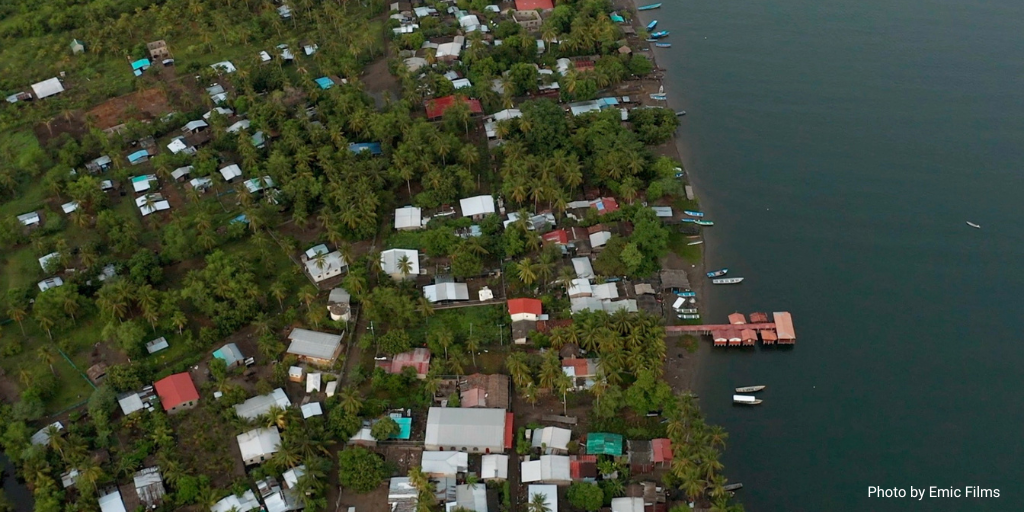
An aerial view of Jiquilisco Bay, El Salvador
“Conservation is a long-term process. Building the capacity of communities takes time, learning, and humility.”
What’s ahead for Wild Earth Allies’ marine work?
Looking ahead, I’m so excited to continue my decades-long collaboration with Wild Earth Allies. We will grow, build, and deepen our partnerships with coastal communities while bringing a holistic approach to our work. Along the way, we will engage with and measure the social impacts of each conservation project as well as the environmental impacts.
We will continue driving improved protection for sea turtles in the eastern Pacific with key partners like ProCosta and seek new approaches and partnerships to improve the well-being of marine biodiversity and coastal communities. For example, I am especially excited to explore the creation of marine protected areas in El Salvador. I am also eager to dedicate more time to Wild Earth Allies’ marine program in Cambodia, where we are working to protect coral, seagrass, and mangrove ecosystems with coastal communities.
Conservation is a long-term process. Building the capacity of communities takes time, learning, and humility. At Wild Earth Allies, we are true allies. We work with communities to understand their reality and seek outcomes that benefit people and nature. We can bring technology and resources, but ultimately, it is up to the communities to find and manage their own sustainable solutions.
Please join us on the next phase of our journey by following our updates on Facebook, Instagram, Twitter, and LinkedIn, and consider supporting our growth today.

